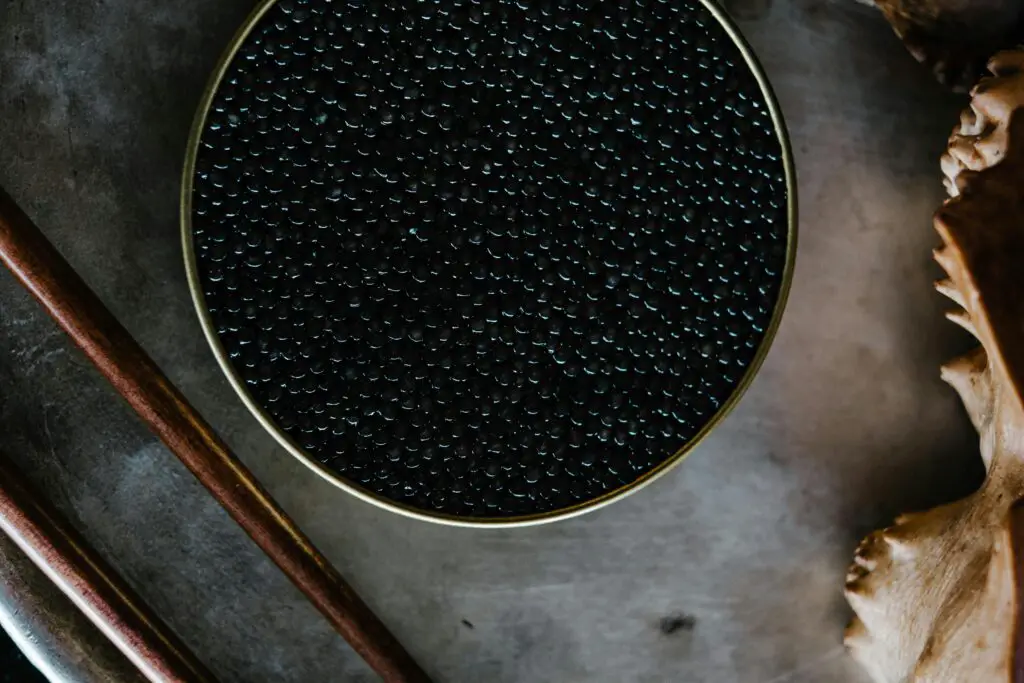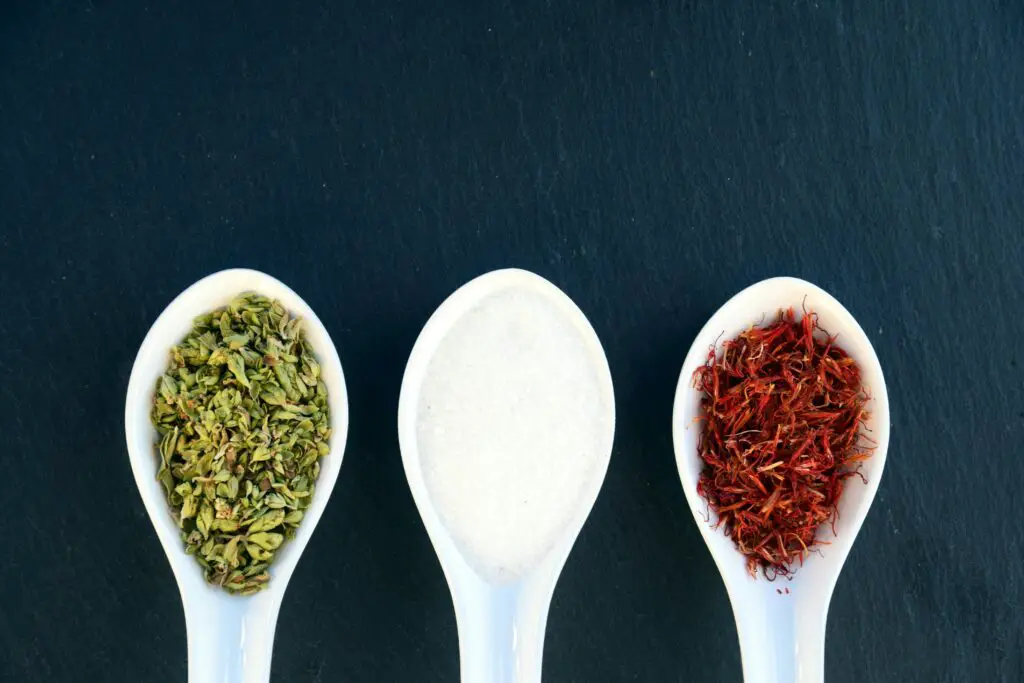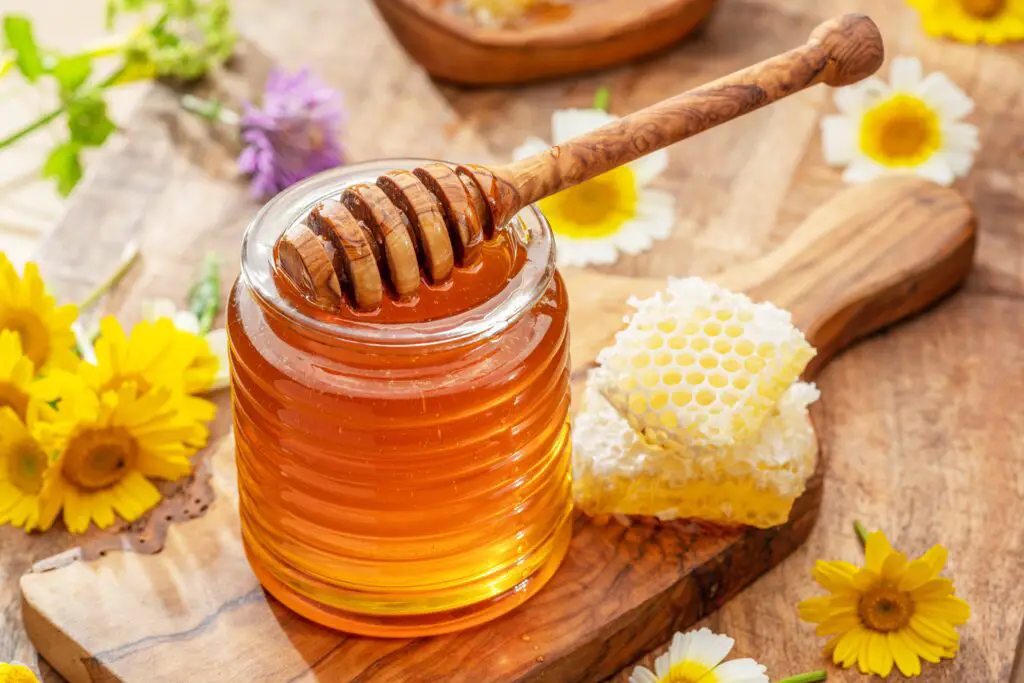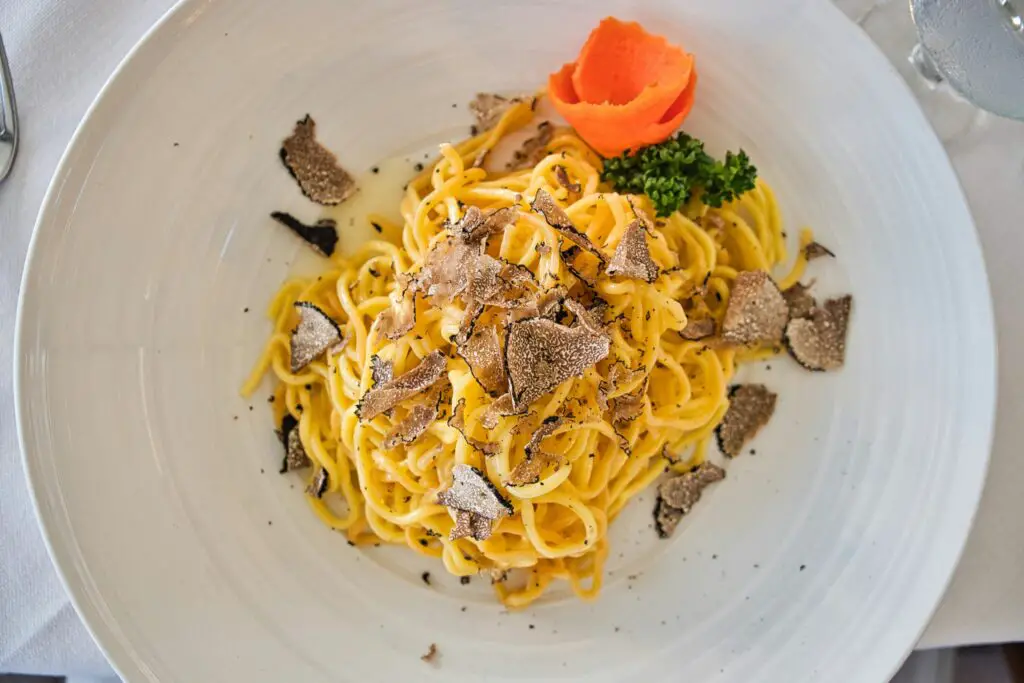1. Peacock

In ancient Rome, peacock was considered a delicacy exclusively enjoyed by the elite. Its vibrant feathers were a symbol of status, and the meat itself was a highly prized treat, often served at grand feasts and royal banquets. The Romans would often roast peacock and serve it with extravagant spices, making it a focal point of luxury. It wasn’t just about the taste—it was about showcasing wealth and power, something that was meant to impress guests and underline the host’s importance.
The meat of the peacock was considered both rare and exotic, and even the preparation methods were complicated, sometimes involving elaborate stuffing techniques. Peacock was often reserved for emperors and the very wealthy, with the average Roman citizen rarely having a chance to taste it. Over time, it became a symbol of opulence, further reinforcing the idea that only royalty could indulge in such extravagant foods.
2. Pheasant

Pheasant was another bird that made its way onto royal tables in ancient times. In medieval Europe, pheasant hunting was a favorite pastime of royalty, and the bird itself was seen as a luxurious treat. Often served during festive occasions, it was roasted with rich sauces and spices, sometimes even marinated in wine. This was not a meal for the common folk, as hunting pheasants required a significant amount of land, time, and skill.
Beyond its flavor, pheasant was considered a symbol of the hunter’s prowess and was a way to display wealth. The bird was often dressed in elaborate ways, with royal chefs adding garnishes and even using parts of the bird to create intricate garnishes. Pheasant, then, wasn’t just a food; it was a statement about the hunter’s status in society and his access to resources that others couldn’t reach.
3. Caviar

Caviar, particularly in ancient Russia, was considered a food for royalty and the elite. While it’s widely enjoyed today, back then, caviar was an exclusive treat harvested from sturgeon found in the Caspian Sea. The best caviar was served only to the royal family, nobles, and dignitaries. It was often eaten as a part of lavish banquets, accompanied by the finest wines, breads, and other gourmet offerings.
What made caviar so special wasn’t just its rich, salty taste—it was the fact that the eggs were rare and incredibly expensive to harvest. The process of collecting and preserving caviar was so meticulous that only those with immense wealth could afford it. To enjoy this delicacy was a clear sign of high social standing, and it was often presented as a small luxury to tantalize the taste buds of the nobility.
4. Saffron

Saffron, known for its golden color and unique flavor, was once a spice reserved only for royalty. In ancient Persia, saffron was highly prized and could only be afforded by the wealthiest individuals. It was used in cooking, as a dye, and even in perfumes, making it one of the most versatile and expensive commodities of its time. The spice was particularly favored in royal palaces, where it was incorporated into dishes for its rich taste and color.
In ancient Rome, saffron was often mixed into dishes such as porridge or used to flavor meats. The fact that saffron was so rare and costly made it a perfect food for kings and emperors, signaling their ability to access luxuries that were unavailable to their subjects. Saffron also had medicinal uses, which added to its mystique and allure, further cementing its status as a royal indulgence.
5. Honey

In ancient Egypt, honey was a revered food, especially for the pharaohs. It was one of the few sweeteners available, as sugar hadn’t yet been introduced to the world. Honey was so valuable that it was used in offerings to the gods and as a part of religious rituals. The pharaohs would often eat honey as a way to preserve their health and vitality, believing it had special properties that enhanced their strength and longevity.
Not just for consumption, honey was also used in embalming processes, showing its importance in both life and death. It was rare enough to be seen as a gift fit for royalty, and the labor-intensive process of beekeeping made it an expensive commodity. This golden treat, rich in nutrients, was often enjoyed in various forms, including spread on bread or mixed into beverages, and it was a clear marker of the elite’s access to rare foods.
6. Truffles

Truffles, the rare fungi known for their intoxicating scent, were once reserved only for the elite in ancient Rome. The Romans believed truffles had mystical powers, and they were considered a food of the gods. Harvested from the roots of oak trees, truffles were highly prized and difficult to find, which made them a luxury food. Roman emperors would often indulge in truffles, believing they added a sense of divine favor to their feasts.
The difficulty in sourcing truffles, combined with their rich, earthy flavor, meant that they were far too expensive for the average person to enjoy. Truffles were typically served at lavish banquets and were often paired with wine to enhance their flavor. Today, they remain a rare and expensive delicacy, but their role in ancient royal kitchens is a testament to their lasting reputation as a food for the elite.
